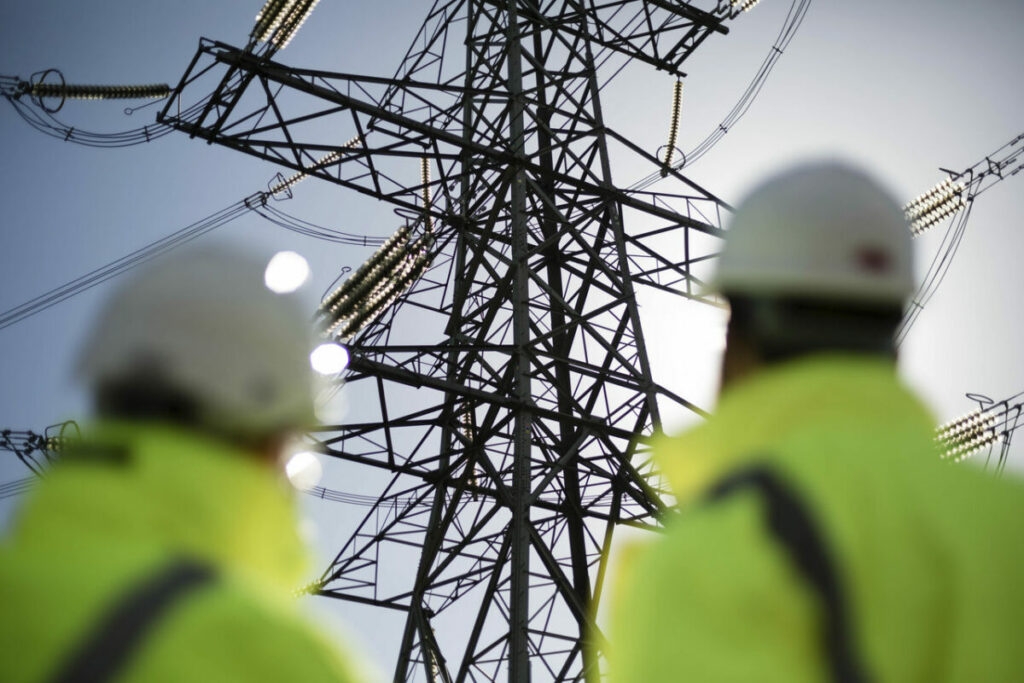
Solar Energy UK has warned that grid delays are “descending into a farce” as renewable projects with accelerated connections remain unable to supply electricity for years.
Bringing the issue to the attention of the Commons’ Environmental Audit Committee (EAC) yesterday, the trade association noted that despite reforms implemented by both National Grid ESO and Distribution Network Operators (DNOs), allowing renewable electricity assets to connect before large-scale transmission grid reinforcement, it could still be years until the asset can supply electricity.
Box-ticking
The root of this issue is an “utter lack” of network modelling professionals able to conduct power flow analysis, said Paul Manning, co-chief executive of grid consultancy Novogrid. According to Manning, the “high pressure working environment” causes these professionals to leave DNOs in favour of consultancy roles and, as the shortage is global, skilled workers in this space from abroad are also scarce.
According to Manning, this leaves grid operators to rely on a “far more simplistic calculation system” based on Microsoft Excel instead of a dedicated network modelling software. This system produces much more cautious results to avoid potential liability – if curtailment requirements are greater than predicted, the DNOs may have to pay compensation.
Solar Energy UK revealed the lowest degree of curtailment it has seen is 63%, whereas Novogrid has seen 50 messages with a 90% curtailment in the past three months.
To illustrate the extent of this issue Solar Energy provided National Grid Electricity Distribution as an example, which allowed a 49.9MW battery system to connected in 2028 instead of 2032 but “would be subject to 100% curtailment, at every time of the day and throughout the year.”
This means newly connected assets still rely on network upgrades (which could span to the 2030s) to begin supplying electricity.
Quoting “experts” the trade association identifies the cause of this confusion to “preposterous assumptions about how battery and solar projects operate,” giving the example of a solar farm that was assumed to be exporting at maximum capacity at 9pm in January.
Writing on LinkedIn, Keir Spiller, managing director of Certus Utility Consulting, called the practice “box ticking ticking by all transmission and distribution operators with zero regards for what is actually achievable.”
Accepting risk
Aside from addressing the ever-looming issue of skill shortages, Solar Energy UK suggested that the Department for Energy Security and Net Zero (DESNZ) or Ofgem intervene.
Manning suggests that grid operators be required to accept some risk (for example via insurance) as well as amending the “widely out of date” profit control mechanism, RIIO-ED2, “as it does not provide an appropriate fee structure to respond to greatly increased demands for connections.”
This article was initially published on our sister site Current±.

